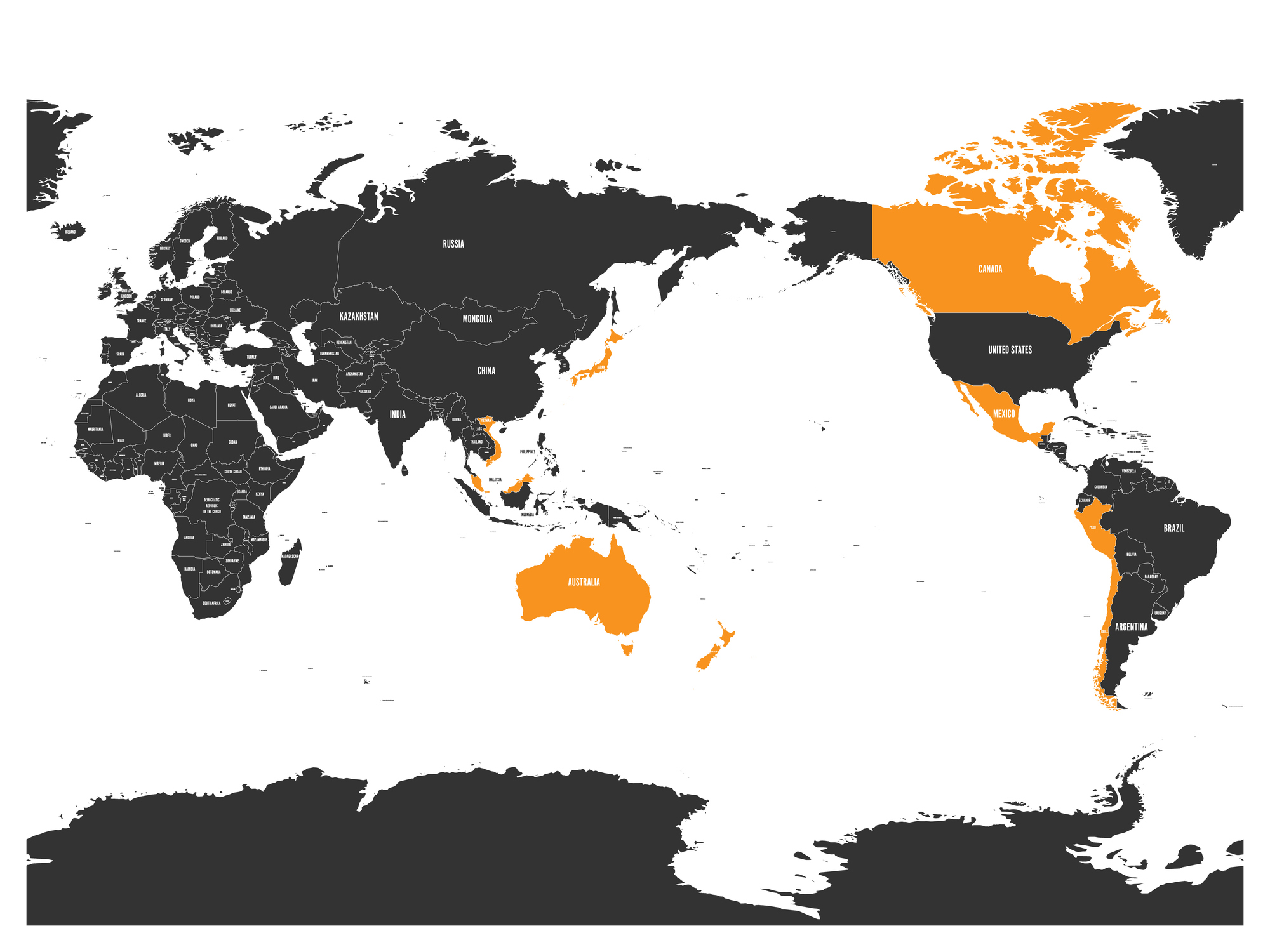As President Trump makes overtures about negotiating US entry into the CPTPP trade agreement, Tracey Epps examines exactly what the agreement means for Kiwi export firms.
On 8 March, 11 countries (New Zealand, Australia, Brunei Darussalam, Canada, Chile, Japan, Malaysia, Mexico, Peru, Singapore and Viet Nam) signed the Comprehensive and Progressive Trans-Pacific Partnership (CPTPP) Agreement. The Agreement is largely the same as the original Trans-Pacific Partnership (TPP) Agreement signed in February 2016 that also included the United States. The key difference is the suspension of approximately 20 provisions, many of which were pushed by the United States and relate to the protection of intellectual property and investment. They do not affect levels of market entry for New Zealand exporters.
The Agreement is likely to enter into force in early 2019.
In recent weeks, President Trump has made overtures about negotiating US re-entry into CPTPP. Other countries (including Colombia, Korea, Thailand and Taiwan) have also expressed interest in joining and will likely pursue accession following entry into force.
So what does the CPTPP mean for New Zealand exporters? The key benefits include:
- Improved market access (i.e. lower tariffs) into countries with which we have not previously had an FTA (Canada, Japan, Mexico, Peru);
- In some cases, improved market access (i.e. lower tariffs) into countries with which we do have pre-existing FTAs, such as Malaysia and Viet Nam;
- Greater ability to utilise regional supply chains to benefit from lower tariffs;
- Rules governing how countries go about adopting and implementing sanitary and phytosanitary measures (that affect imports of food and plant products), and technical regulations (e.g. those affecting products such as cosmetics and manufactured goods).
- Greater certainty and predictability about rules that affect businesses in the CPTPP countries, including when trading on digital platforms and providing services in CPTPP markets; and
- Improved transparency of rules that affect business in CPTPP countries, particularly in countries where it has previously been sometimes difficult to access information, such as Viet Nam and Malaysia.
Some of these benefits will be immediately obvious. For example, tariffs will be reduced or eliminated on entry into force for a wide variety of products across the 10 countries. Exporters need to remember that, even when the Agreement enters into force, tariff savings are not automatically granted when products enter a CPTPP country. Exporters will need to ensure that their importers actually claim the preferential rate, and provide any documentation required to support origin. Information on tariff rates and documentation requirements will be available online through the Ministry of Foreign Affairs and Trade’s tariff finder tool (https://tariff-finder.fta.govt.nz/).
For the many exporters who are part of regional supply chains or who plan to be, it will be important to take time to consider how CPTPP will affect those supply chains. For example, a company considering whether to outsource manufacturing to China or Viet Nam should consider whether there would be tariff savings available under CTPPP by choosing to manufacture in Viet Nam.
Other benefits will not be so immediately obvious, but are equally important. Many New Zealand exporters have to contend with higher costs as a result of trade restrictive or burdensome regulations. Often these kinds of issues are seen as part of the cost of doing business internationally. But the rules in CPTPP have been negotiated to reduce these costs and it will be important for exporters (including service providers) to be aware of what the rules say and whether the other CPTPP countries are properly implementing them.
The New Zealand Government will want to hear from exporters about any problems they are facing. In future articles, I will outline some of the key rules that exporters should be aware of to assist them in this process.
Tracey Epps is a trade law consultant with Chapman Tripp. www.chapmantripp.com




